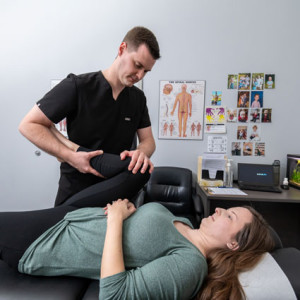 In most cases, when we do strenuous activities and exercises, we take the proper precautions to make sure we don’t injure ourselves. Stretches, wearing the proper gear, and pacing ourselves are all good examples, but what can you do when you have a repetitive strain injury from your day-to-day routine?
In most cases, when we do strenuous activities and exercises, we take the proper precautions to make sure we don’t injure ourselves. Stretches, wearing the proper gear, and pacing ourselves are all good examples, but what can you do when you have a repetitive strain injury from your day-to-day routine?
What is a repetitive strain injury?
Repetitive strain injury is typically caused by rapid, repeated use of muscles and joints. Numbness, tingling and burning sensations, swelling, and aching pain are among the most common symptoms. It affects a broad variety of people from athletes such as tennis players and golfers to tradespeople (like jackhammer operators and assembly line workers). Video gaming, computer use, and even crafts like knitting can also be associated with repetitive strain injuries.
Common types of repetitive strain injuries:
- Carpel tunnel syndrome
- Golfer’s elbow
- Tennis elbow
- Rotator cuff injuries
Left untreated, repetitive strain can cause injuries that may not heal without a long break from the cause.
How can chiropractic help?
If you begin to experience pain in your hands, wrists, arms, or shoulders, consult a chiropractor for an assessment. Most people respond well to treatment and get back to their regular activities faster than waiting it out.
Chiropractic care can restore healthy function to your spine and the related muscles and ligaments to get you moving again. Chiropractors can provide:
- Manual therapy: When a joint isn’t moving as well as it should, your chiropractor may utilize this treatment technique to help regain motion within a joint.
- Soft tissue therapy: This is where your chiropractor works to relax and treat tight and sore muscles.
- Exercise therapy/self-management: Your chiropractor will be able to provide simple exercises that you can do at home to help with your pain and to help prevent re-injury.
Often, the treatment for repetitive strain may require making changes to your workstation, taking breaks to relax overworked muscles and joints, and exercises to relieve stress and strengthen the affected parts of your body.
For more information on how to treat a repetitive strain injury, visit your local chiropractor.
**Reposted from the Canadian Chiropractic Association**.
